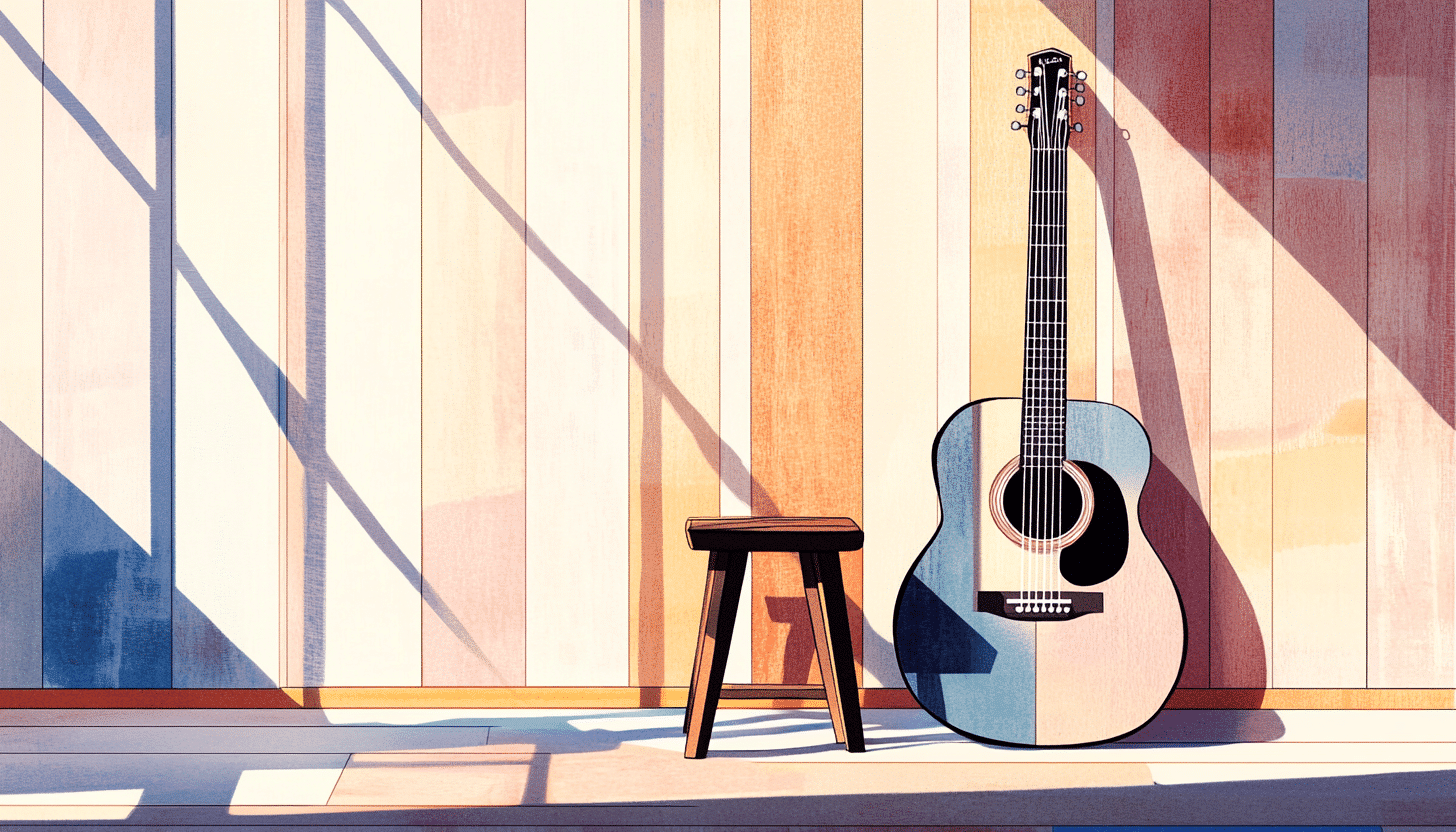What is International Blues Music Day?
International Blues Music Day is held every year on the first Saturday of August and is celebrated worldwide. This day brings attention to the cultural depth and global reach of blues music. The genre grew from the experiences of African American communities in the southern United States and expanded to influence nearly every modern musical style. It is rooted in emotion, honesty and rhythm, and it remains a powerful voice for those with something real to say.
Blues is not just music; it is storytelling, survival and transformation. On this day, musicians, educators and fans come together to honor the genre through concerts, talks and performances. It is a moment to reflect on the history of blues and how it still moves people today. International Blues Music Day invites the world to feel, play and share the blues. Its strength lies in its simplicity and its truth.
History and Origin
International Blues Music Day was founded by blues guitarist Johnny Childs, who wanted a global platform to celebrate the genre. In 2011, he started an online petition to gain support for the idea. It quickly grew, supported by fans, artists and music educators from all over the world. The first edition was held in 2013, and since then, the event has expanded in scope and reach. Every year more cities, schools and cultural institutions participate.
Blues itself goes back much further. It originated in the late 1800s among formerly enslaved African Americans in the southern United States. Their spirituals, work songs and field chants formed the foundation for what would become blues. The music expressed daily hardships and emotional survival. With time, blues became a structure for storytelling, using melody and repetition to carry experience.
In the 20th century, blues found new voices in legends like B.B. King, Muddy Waters and Etta James. These artists shaped what the world now knows as the classic blues sound. As the genre crossed borders, it helped spark rock and roll, soul, funk and even hip hop. International Blues Music Day honors that entire journey, from its early roots to its lasting global influence.
Who participates in International Blues Music Day?
- Blues performers: Artists take the stage to perform traditional blues and new interpretations inspired by the classics.
- Music teachers: Educators use the day to teach about the structure, history and emotional force of blues.
- Cultural institutions: Museums, archives and libraries organize exhibitions and talks to highlight blues heritage.
- Festival organizers: Event producers add blues programming to their summer line-ups or create special one-day festivals.
- Music fans: People around the world celebrate by listening to blues, attending events or sharing stories online.
Slogans and Themes
Each year, International Blues Music Day is guided by a different theme that reflects current concerns or creative angles. These themes help unite the global community while leaving space for local interpretation. Past years have focused on the healing power of blues, the legacy of women in the genre and the importance of teaching blues to new generations. Slogans are often poetic and direct, capturing the emotional truth of the music without needing explanation. They remind us that blues is about connection, not complexity.
Colors, Symbols and Patterns
Colors
- Deep blue: This color represents sadness, honesty and the emotional core of blues.
- Burnt sienna: Evokes the dusty backroads and wooden porches where blues once echoed.
- Smoky gray: Symbolizes the atmosphere of old juke joints, bars and city clubs where blues evolved.
Symbols
- Guitar: Central to blues performance, it reflects improvisation, soul and rhythm.
- Harmonica: Simple, portable and expressive, the harmonica is a key part of the classic blues sound.
- Vinyl record: Represents the long history of blues recordings and their global spread.
Patterns
- 12-bar grid: A visual nod to the song structure that defines many blues classics.
- Sound waves: Express the feeling that blues resonates beyond words and straight into emotion.
- Wood grain: A reminder of the hand-crafted instruments and homespun venues where blues grew strong.
Most used hashtags
- #InternationalBluesMusicDay
- #BluesMusic
- #BluesWorldwide
- #KeepTheBluesAlive
- #OneWorldOneBlues
How do you celebrate International Blues Music Day?
- Go to a concert: Attend a live blues performance, whether in a small club, large venue or open-air stage.
- Join a jam session: Bring an instrument or just listen while musicians play traditional and modern blues together.
- Watch a film or documentary: Learn about the roots of the genre and the stories of iconic artists.
- Explore an album: Listen to a blues record from start to finish, focusing on lyrics and sound.
- Host a listening night: Share classic blues tracks with friends and talk about what the songs mean to you.
Why is International Blues Music Day important?
International Blues Music Day protects the cultural memory of a genre born from hardship and transformed into beauty. It ensures that younger generations understand where their favorite music comes from. Without blues, there would be no rock, no jazz, no soul. This day reminds the world of that deep, often forgotten origin. It brings recognition to artists who created music with limited tools but unlimited emotion.
Blues is more than a style. It is a record of experience, carried in every riff and lyric. This day gives artists and fans the space to honor those truths. Through performances, discussions and shared moments, blues stays alive and meaningful. International Blues Music Day is a vital moment to stop, listen and feel something real.
Features
First Saturday of August: Blues Music Day
Why do you keep falling for the same type?
Read the article Lovemaps: the hidden blueprint of our love.

